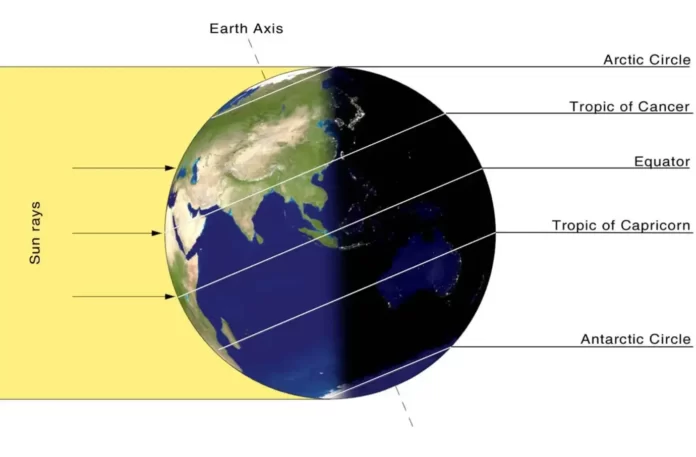Introduction:
June 21st marks an important astronomical event known as the summer solstice, which signifies the longest day of the year in the Northern Hemisphere. This annual occurrence holds cultural, historical, and scientific significance, evoking a sense of wonder and fascination. As the sun reaches its highest point in the sky, casting long shadows and illuminating the world with its abundant light, people around the globe celebrate the solstice in various ways. This article delves into the rich tapestry of traditions, beliefs, and scientific insights surrounding the longest day of the year, shedding light on its diverse cultural interpretations and its role in nature.
- The Celestial Dance: Understanding the Summer Solstice:
- Astronomical Phenomenon: Exploring the Earth’s axial tilt and its impact on the duration of daylight, as well as the specific alignment of the sun during the summer solstice.
- Scientific Explanations: Unraveling the mechanics behind the solstice, including the tilt of the Earth’s axis and its effect on the distribution of sunlight across different latitudes.
- Seasonal Shifts: Discussing the transition from spring to summer and the significance of the summer solstice in marking this change.
- Cultural Celebrations and Traditions:
- Historical Significance: Highlighting the solstice’s role in ancient civilizations, such as the Stonehenge monument and its alignment with the rising sun during the summer solstice.
- Festivals and Rituals: Exploring cultural celebrations associated with the summer solstice, including Midsummer festivals, bonfires, and traditional dances observed in different regions of the world.
- Spiritual and Symbolic Meanings: Delving into the symbolic representations of the solstice, such as renewal, fertility, abundance, and the triumph of light over darkness.
- Folklore and Legends:
- Myths and Legends: Exploring folklore and ancient tales surrounding the summer solstice, such as the connection to mythical creatures, fairy folk, and supernatural phenomena.
- Healing and Magical Beliefs: Discussing beliefs in the solstice’s mystical properties, including its association with increased healing powers, divination practices, and the gathering of medicinal herbs.
- Contemporary Observances:
- Modern Interpretations: Examining how the summer solstice is celebrated in the present day, including outdoor activities, music festivals, and communal gatherings.
- Nature Connection: Highlighting the solstice’s role in fostering a deeper connection with nature and encouraging outdoor exploration and appreciation.
- Ecological Awareness: Discussing the solstice’s relevance to environmental awareness and promoting sustainable practices during this time of abundant sunlight.
- Global Perspectives:
- Cross-Cultural Observations: Exploring diverse cultural interpretations of the summer solstice, from the Scandinavian celebrations of Midsummer to Indigenous rituals honoring the sun’s energy and vitality.
- Symbolism in Art and Literature: Examining the solstice’s representation in various art forms, including literature, paintings, and music, and its portrayal as a metaphor for human emotions and existential contemplation.
- Unity in Diversity: Reflecting on the shared human experience of the solstice and its capacity to bring people together in celebration of the natural world.
Conclusion:
The summer solstice, observed on June 21st, stands as a remarkable astronomical event that embodies both scientific marvel and cultural significance. As the longest day of the year, it invites us to pause and reflect on the interplay between celestial movements and human experiences. Whether through ancient traditions, contemporary festivities, or scientific curiosity, the summer solstice bridges the gap between cultures and generations, uniting humanity in our shared awe of the natural world. As the sun reaches its zenith, illuminating the Earth with its golden rays, we embrace the warmth, light, and abundant energy that define this enchanting time of the year.




